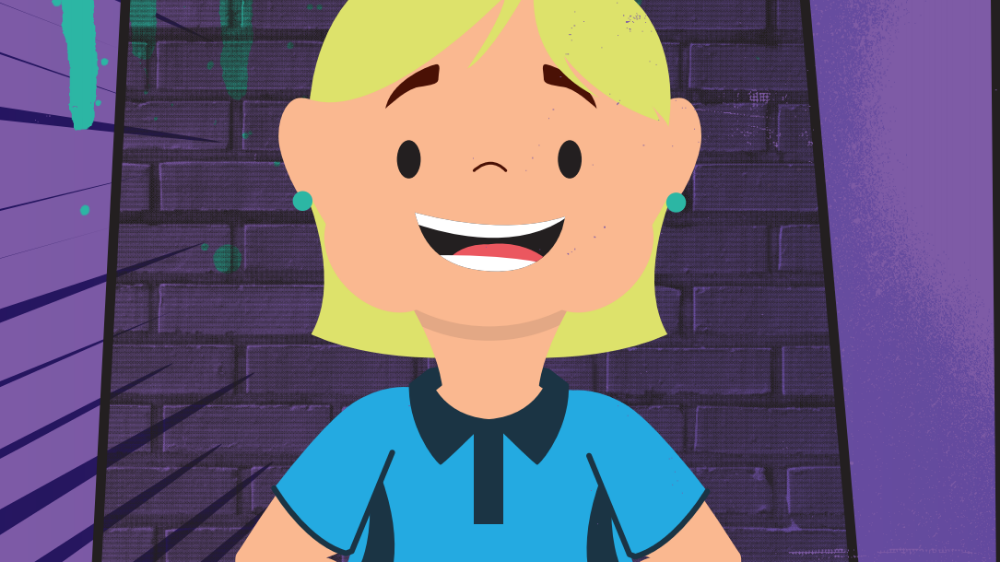What is bullying
Students with disability are more likely to be bullied at school because they may look or act differently to other students. This resource provides information to support students in defining what bullying is, and evidence-based strategies for managing bullying if it happens.
This story acknowledges and normalises common emotional reactions to bullying. Practical responses to stop bullying from continuing are identified. Further, a range of positive coping strategies such as activating social supports, engaging in self-care and challenging cognitive distortions (irrational thinking) are described.
What is bullying?
Bullying has three key features. It involves a misuse of power in a relationship, is intentional, ongoing and repeated and involves behaviours that can cause harm.
Bullying can be physical, verbal, or social. Bullying can be easy to see (overt), or hidden (covert), such as spreading rumours about another person or excluding them.
Bullying can also happen online using technology such as the internet or mobile devices. This is known as online bullying or cyberbullying.
You can refer to Anti-Bullying for more support in the prevention, early intervention or response to bullying behaviours.

How to use this story
You can help students by reading through the stories. You can discuss with students that bullying is a repeated behaviour that causes harm. You could point out how the students’ school experience is different and similar to that in the story and come up with other positive ways to respond.
Considerations for teachers
Some students may need clear discussion that some behaviours are not considered bullying, but are also not tolerated and will be taken seriously (for example, isolated acts or threats of violence). Giving clear and concrete examples of these behaviours, and how and when students should seek help, may be needed.
Additional formats
An ‘easy read’ version of this story is provided for students who prefer simpler and more concrete language and images.
School Excellence Framework alignment
Wellbeing
Australian Professional Standards for Teachers alignment
Standard 1: Know students and how they learn
Audience
Secondary teachers, SLSOs
Purpose
Stories that incorporate a social narrative can be used to teach students routines and behaviours that are expected in specific settings and situations. Help students learn about practical responses to stop continued bullying and positive coping strategies.
Reviewed
November 2021. Share your feedback here